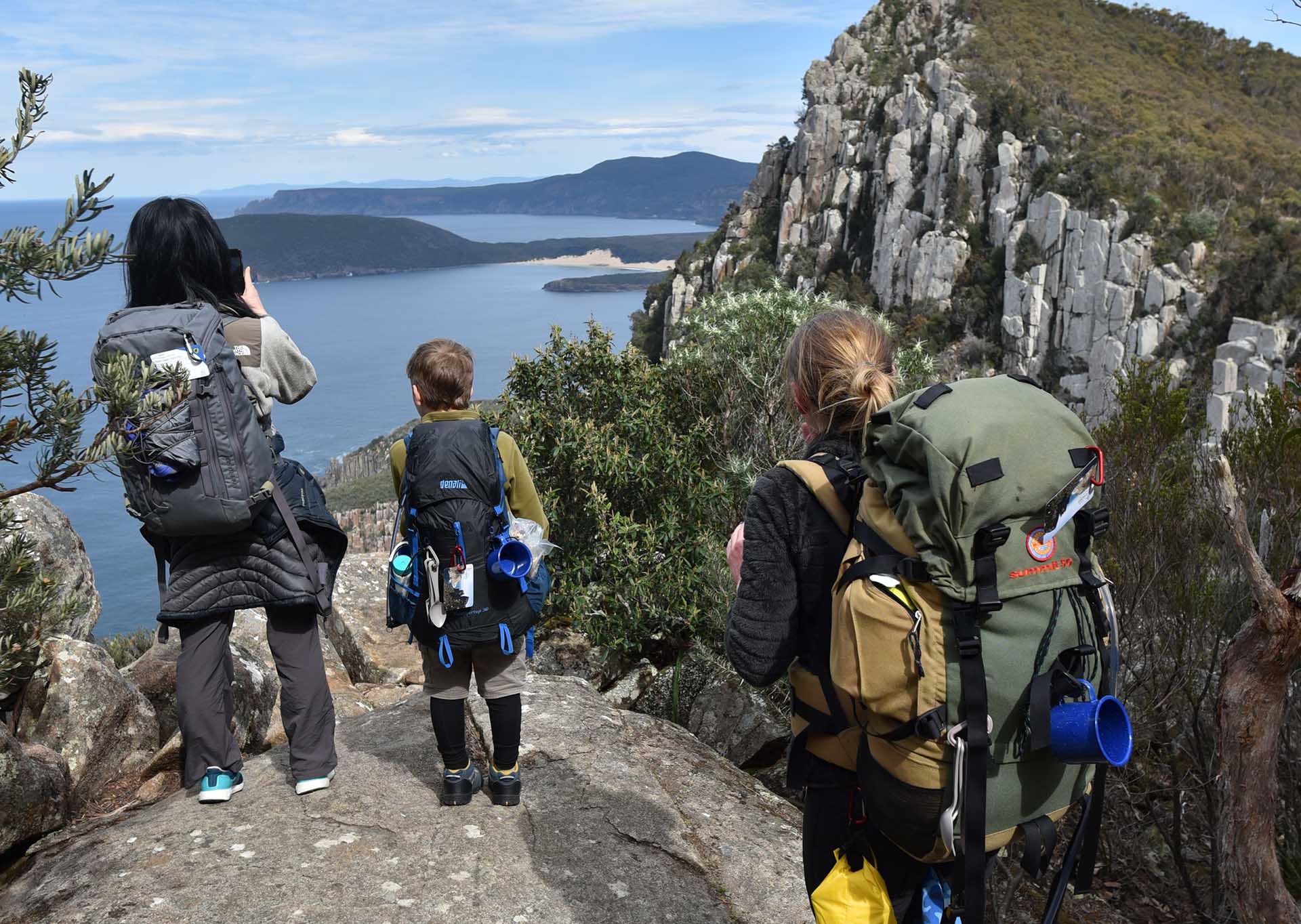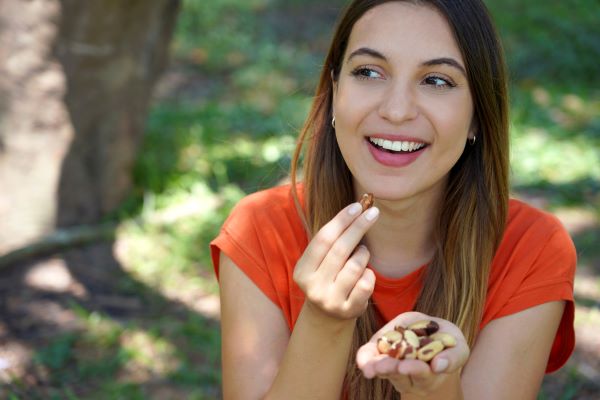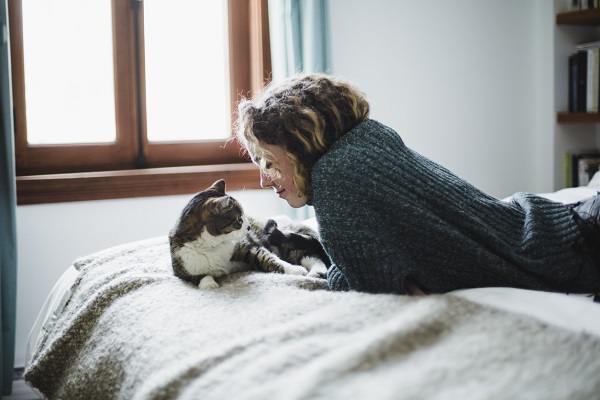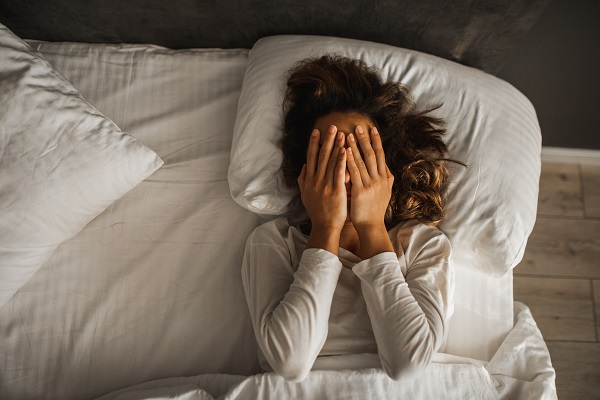-
Does your backpack really have your back? Here are some helpful tips to help you adjust your favourite pack, and some nifty features to look out for if you’re in the market for a new one.
Junior and school backpacks
According to the Australian Physiotherapists Association, backpacks for growing bodies should never exceed 10% of the child’s weight. Many schools are moving towards more ergonomic packs for their students, but it’s also important that these newer packs are adjusted and packed properly.
Straps should be adjusted so that the pack sits comfortably along the back, with the heaviest items packed closest to the spine. They should never be slung low, below the waist or touching the backside as the extra leverage can cause unnecessary stress on the spine.
It’s also worthwhile encouraging kids to pack for the day, so they reduce the load they’re carrying around all day.
Backpacks for work
Although many work-related packs seem to focus primarily on style, there are still some important features to look out for to ensure comfortable day-to-day carrying. Laptops will generally be the heaviest item in your pack. So make sure the laptop compartment is near the back of the pack. As a general principle, your heaviest item should sit closest to your spine to minimise swaying.
If you carry your gear around your workplace, consider a backpack that features a sternum strap. These straps are helpful in stabilising the load and preventing your straps from sliding off your shoulders. Ladies, be sure to check there’s enough vertical adjustability to work around your chest area.
Hiking backpacks
Long climbs, uneven terrain, sketchy descents – these are all unforgiving conditions for an ill-fitting backpack. The tips outlined here apply across the board for most backpacks, but they take on greater importance when you’re carrying 20+ kgs over a 5-day hike!
Get measured
The most important measurement to find your backpack size is your torso length. This is measured from your C7 vertebra to your hip bone (your iliac crest). Too short a backpack and you’ll be putting too much weight on your shoulders. Too long and you’ll find it impeding with your stride over your backside.
Don’t shoulder the burden
Ensure a snug tension on your shoulder straps; but not so tight that it numbs your fingers. Just snug enough that the main body of your pack is kept close to your spine. Remember, with most hiking packs, your hip belt will be doing a lot of the ‘heavy lifting’, not your shoulders.
Hip to be square
It’s the largest, most resilient of muscle groups, so it makes sense to use your core strength to drive most of the lifting. Make sure your pack’s hip belt is padded enough and sits at the top of your hip bone. Tensioned just right, it should take the majority of the pack’s heft. Generally speaking, the greater your pack’s capacity, the more padded the hip belt.
Take the load off
Load lifter straps live between the top of your pack and your shoulder straps; these help to angle your pack so that it sits comfortably over your hips. If you feel your pack pulling you backwards, tighten them. Avoid overtightening as this may result in numbness of your shoulders and neck.
Compress to impress
As mentioned earlier, the closer the bulk stays to your spine, the better it is for stable carrying. Most hiking packs these days come with multiple compression straps that allow you to strap in your pack to stay as compact and close to your body as possible.
How to choose the best backpack

-
Eat for your eyes
Some of our favourite foods to help keep your eyes healthy.
-
How is ‘phubbing’ hurting your relationships?
Here’s how to stop phubbing and be more mindful of your phone habits, to help improve face to face interactions with your family and friends.
-
Are the winter blues real?
Simple ways to boost your mood in winter.
-
Mental fitness explained
Just as you work to strengthen your body, your mental health deserves attention and exercise too.
-
The link between stress, anxiety and jaw pain
Physiotherapist Michael Chan explains how stress and anxiety can cause jaw pain, and how to help get some relief.
-
When you can't sleep next to your partner
You love everything about them – except their sleep habits.
Subscribe to receive the best from Live Better every week. Healthy recipes, exercise tips and activities, offers and promotions – everything to help you eat, move and feel better.
By clicking sign up I understand and agree to Medibank's privacy policy





.jpg)
